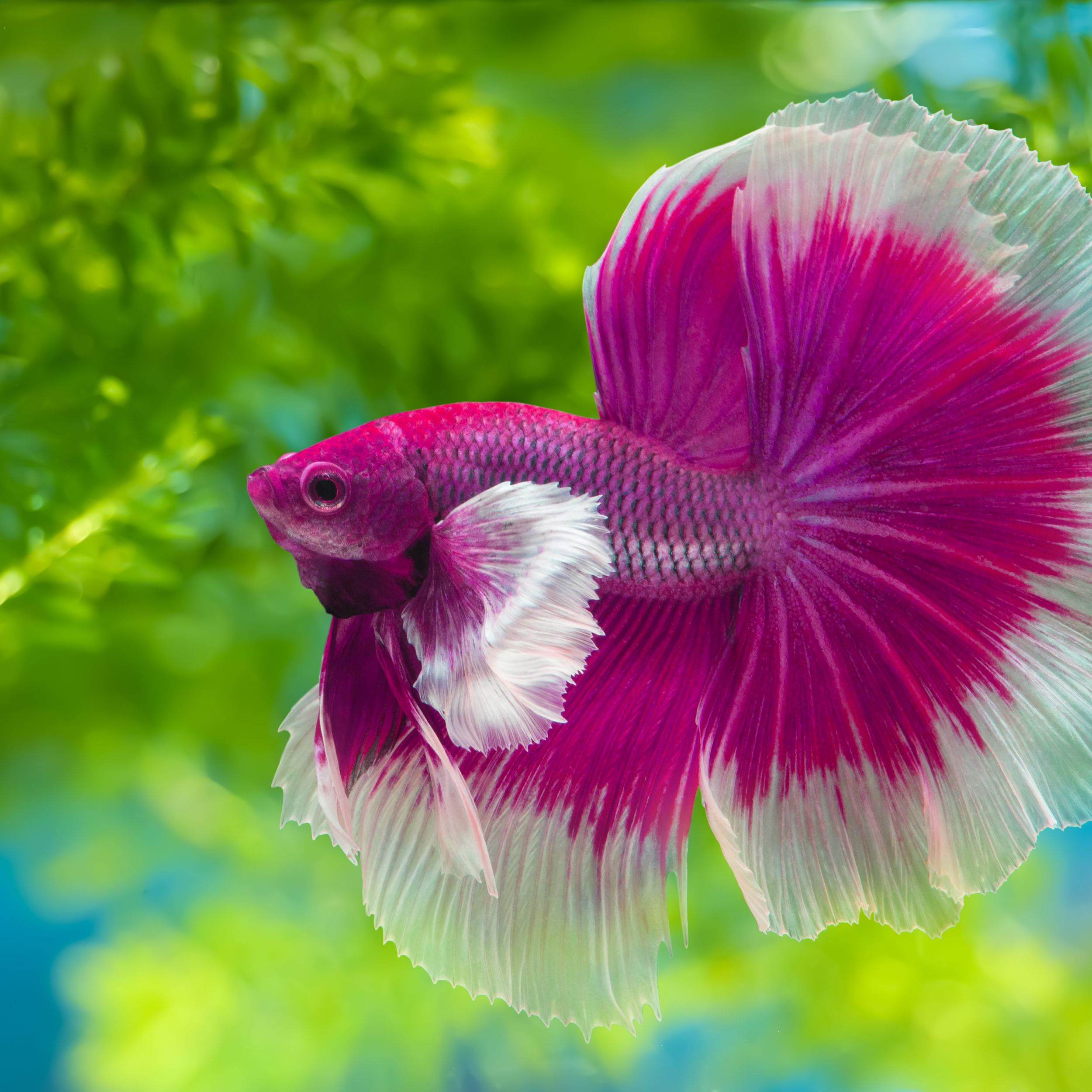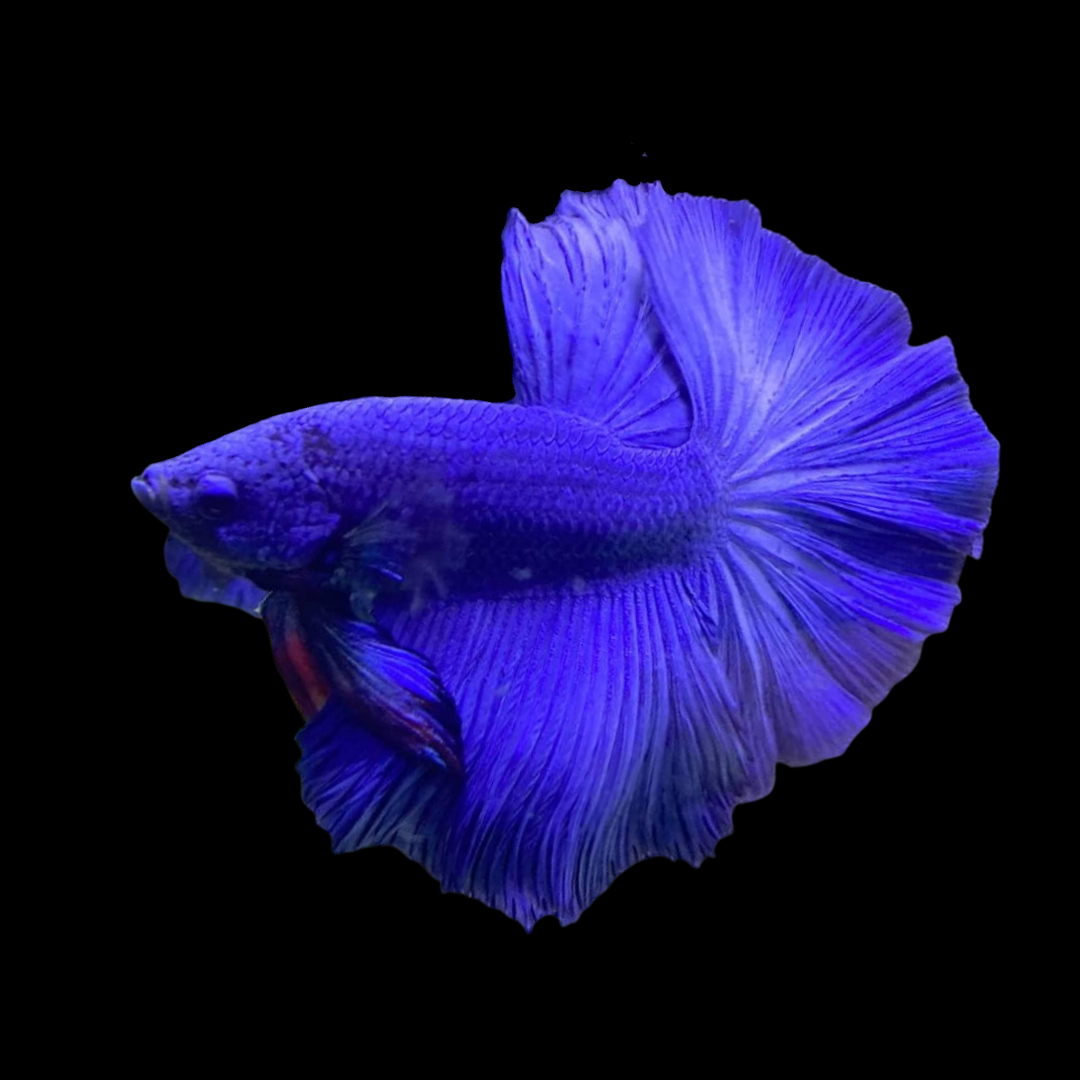Recognizing Betta Fish Actions: What Every Proprietor Needs To Know
Recognizing Betta Fish Actions: What Every Proprietor Needs To Know
Blog Article
Breeding Betta Fish: a Comprehensive Step-By-Step Overview to Effectively Raising Baby Bettas From Eggs to The Adult Years
Reproducing Betta fish is a thorough endeavor that calls for careful planning and execution to ensure the effective development of fry from eggs to grow fish. Picking genetically diverse reproduction sets with preferable characteristics is just the beginning; producing an optimal setting and understanding the ins and outs of the breeding process are just as essential. As the male Betta vigilantly constructs a bubble nest and guards the valuable eggs, the succeeding phases of treatment and transition need attention to detail and understanding of finest practices. How does one browse the challenging yet rewarding course of supporting these dynamic animals to adulthood?

Choosing Reproduction Pairs
When embarking on the trip of reproducing Betta fish, picking the appropriate reproduction sets is crucial to accomplishing desirable traits and a healthy family tree - betta fish. The very first step in this procedure is to recognize the certain characteristics you wish to boost or maintain, such as color, fin type, and physique. It is necessary to choose genetically varied sets to stay clear of inbreeding, which can result in wellness problems and unfavorable characteristics
Evaluate possible reproducing prospects meticulously. A healthy male Betta needs to exhibit lively shades, an active attitude, and well-formed fins, while the woman needs to also display vivid pigmentation and a rounded stubborn belly, showing preparedness for spawning. Observing the personality of both fish is essential, as aggressive or extremely timid people may not breed efficiently.
Documents of family tree is just as crucial. Maintaining records of the moms and dad fish's ancestry can aid you track genetic characteristics and potential concerns. In addition, speak with trustworthy breeders or on-line resources for assistance on picking compatible sets. Inevitably, investing time in the choice procedure will dramatically enhance the possibility of generating strong, lively spawn that satisfy your breeding objectives (betta fish).

Preparing the Breeding Container
Developing an ideal reproduction environment is a vital step after choosing ideal sets for Betta fish. The reproduction storage tank must be particularly created to offer convenience and boost the natural breeding actions of the fish. Start with a tank dimension of a minimum of 10 gallons to guarantee adequate room for both the man and female Bettas.
Keep a gentle filtering system to keep the water clean while avoiding strong currents that can emphasize the fish. Additionally, an air rock can be included in give oxygenation without disrupting the water surface also a lot.
Temperature regulation is critical; goal for a stable series of 78-82 ° F(25-28 ° C) utilizing a trusted heater. The pH level ought to be kept between 6.5 and 7.5, and routine water adjustments are needed to ensure high water quality.
Include drifting plants or generating mops to develop hiding places for the lady, while additionally urging bubble nest building by the male - betta fish. Make certain the storage tank is complimentary from sharp decorations and any kind of possible threats, as the well-being of the fish need to constantly be focused on during Check This Out this critical phase of breeding.
The Breeding Refine
Typically, the reproducing process for Betta fish includes a collection of distinct and observable habits that show readiness for reproduction. The male Betta starts by constructing a bubble nest at the water's surface area, which works as a site for the fed eggs. This nest is vital, as it offers a safe atmosphere for the eggs up until they hatch out.
When the nest is established, the man will certainly show courtship behaviors, such as flaring his fins and displaying dynamic colors to attract the female. The female, upon picking up the man's preparedness, will respond by showing upright red stripes along her body, signifying her receptiveness.
When the women approaches, the male engages in a mating dancing, commonly resulting in an embrace referred to as the "spawning." During this welcome, the lady releases her eggs, which the male fertilizes immediately. The fed eggs then are up to the bubble nest, where the male carefully gathers and returns them to the nest. Following this, the male presumes duty site web for protecting the nest and making certain the security of the eggs till they hatch out, generally within 24-36 hours. This stage is vital in the reproducing procedure, laying the foundation for effective fry development.
Caring for Betta Fry
Caring for Betta fry calls for cautious attention to their atmosphere and nutrition to make certain healthy development and development. After hatching out, Betta fry are extremely little and prone, demanding a secure and clean environment.
Feeding Betta fry is similarly essential. At first, they need to be supplied infusoria or carefully crushed high-quality fry food, as their mouths are as well little to deal with larger particles. As they grow, you can slowly present larger foods, such as infant brine shrimp or powdered flakes, to ensure they obtain sufficient nutrition. Feed them percentages numerous times a day, taking care not to overfeed, which can cause image source water quality issues.
Transitioning to Grownup Bettas
As Betta fry mature, transitioning them to adult Bettas is an essential phase that calls for cautious monitoring of their environment and social communications. This procedure normally begins when the fry reach around 6 weeks old, whereupon they can be slowly presented to a much more organized living atmosphere.
To facilitate this shift, it is essential to make certain that the water parameters-- such as temperature level, pH, and ammonia degrees-- are ideal and stable. Adult Betta fish thrive in warm water (around 78-80 ° F) with a pH of 6.5 to 7.5. Progressively adjust the fry to these problems to reduce anxiety.
Social communications are one more key aspect; male Bettas are notoriously territorial and hostile. It is recommended to different males into individual containers as they develop. Female Bettas can be housed with each other, but treatment should be required to keep an eye on for indicators of aggression.
Additionally, dietary adjustments must be made as the fry grow. Incorporate high-quality pellets and live foods to sustain their growth and health and wellness. By managing these factors successfully, you can promote an effective transition to their adult years for your Betta fish.

Final Thought
Effective reproduction of Betta fish calls for careful interest to detail throughout the whole process, from choosing genetically diverse pairs to offering optimum treatment for fry. Furthermore, a well balanced diet plan and progressive adaptation to adult environments are important for the development and advancement of Betta fish.
Report this page